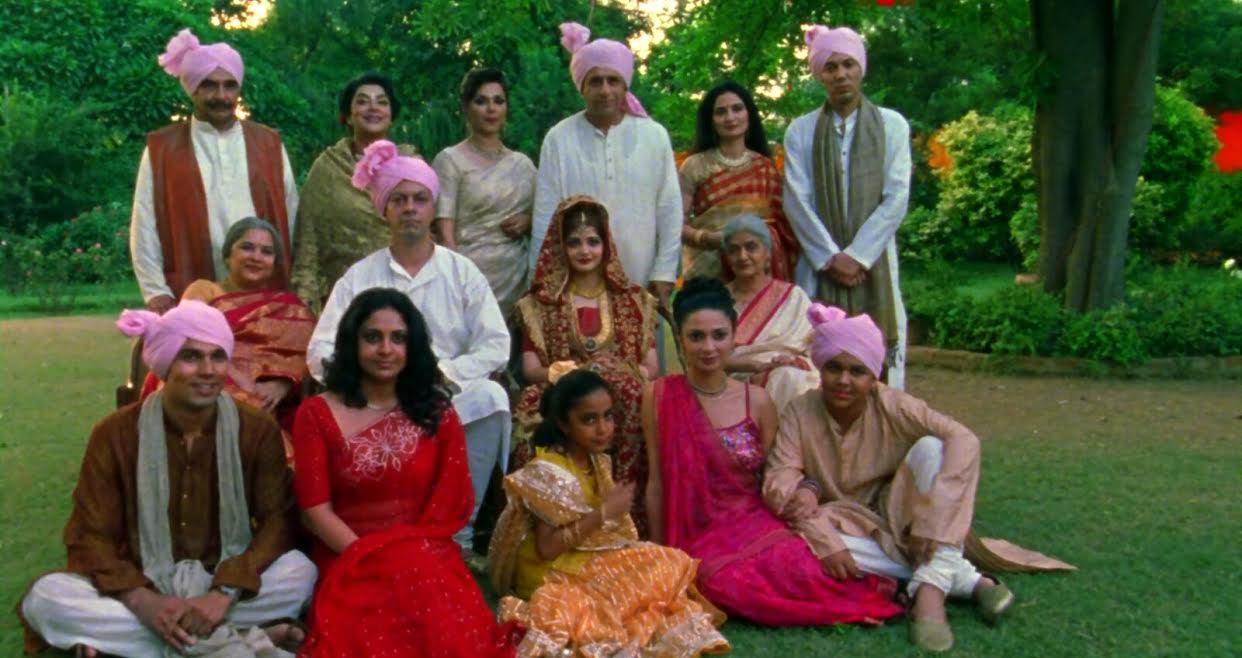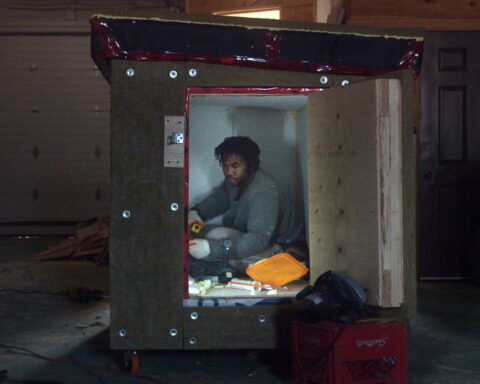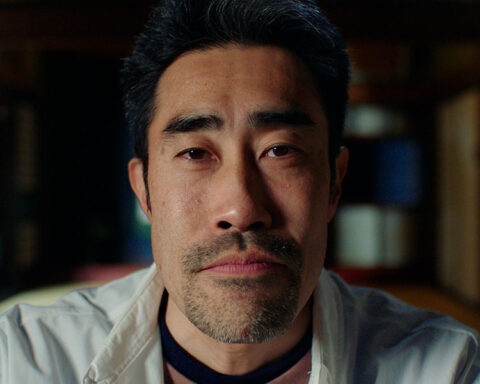Mira Nair is running late for our interview, the result of her jam-packed schedule as a juror for the Toronto International Film Festival’s Platform competition. And then, suddenly, she appears, a dazzling burst of vibrant colours and kinetic energy. One gets the sense she is always in motion. “Nair, like fire,” she likes to say about the pronunciation of her name. It’s an apt metaphor – she practically radiates warmth and light.
Celebrated for her award-winning feature films, including Salaam Bombay! (1988), Mississippi Masala (1991), Monsoon Wedding (2001), The Namesake (2006), and, most recently, Queen of Katwe (2016), Nair actually came to movie-making first as a theatre actor, then as a documentary filmmaker.
With acting, says Nair, “I was frustrated that I was at the mercy of someone else’s idea. And I didn’t care about the narcissism of it. I wanted to be able to interpret the world, rather than be a cog in the wheel of someone else’s vision. That led me to documentary.”
Documentary filmmaking, she has said, was “a way to engage with the world…holding a mirror to whatever concerns us as a people, as a society,” a philosophy she has carried into her narrative fictional work, which frequently focuses on those who have been marginalized.
As a young woman, Nair left India, where she was born and raised, to study on a full scholarship at Harvard. Her first documentary was also her thesis film, in 1979 – Jama Masjid Street Journal – a black and white film shot on the streets of Delhi. She followed up, in 1983, with the award-winning So Far From India, about an Indian man pursuing the immigrant dream of a better life in New York, while his pregnant wife awaited his return home.
Next came India Cabaret (1985), her most provocative documentary, following two female strippers in Mumbai to explore stereotypes around female “respectability”, or, as she has put it, “the line that divides good women from so called not-good women in society.”
Trained in cinema verité, and mentored by D.A. Pennebaker and Richard Leacock, Nair sought to film “truth” as unvarnished as possible. To that end, she moved in with her subjects (as she had with So Far From India). “I lived with the strippers for four months,” says Nair, despite her family’s objections to making the film. After its completion, Nair knew she wanted to move into fiction: “I wanted more control of the story.” At that time, she points out, “documentaries were hardly ever seen” and she “got tired of waiting for audiences” to come to her work.
Her narrative film debut, Salaam Bombay! was, she says, “an amalgam” of her theatre and documentary training. Nair sought out real street children to portray their experiences on screen authentically and worked with documentary cinematographer Sandi Sissel. Salaam Bombay!, now considered a cinematic classic, received more than 25 international awards, including the Camera d’Or at Cannes, and was nominated for an Academy Award for Best Foreign Language Film.
Nair continues to seamlessly blend non-actors with professional actors in her work (including, most recently, in Queen of Katwe), and often incorporates documentary-style, on-location shooting to establish authentic details. Throughout, she has continued to make the occasional short documentary, including Children of A Desired Sex (1987) for Canadian television, about the practice of aborting female foetuses in favour of male offspring, The Laughing Club of India (2001), about the healing power of laughter based on yoga, and A Fork, a Spoon and a Knight (2014), about Robert Katende, who founded the chess academy depicted in Queen of Katwe. The short allowed Disney execs, who were producing the film, to see the style in which Nair would depict Katwe.
Although the story was presented to, rather than originated by, Nair, she was driven to tell it because “we never see anything halfway inspiring about a young girl.” She recalls being at a Hollywood dinner, where a male colleague described the film as being about a man who discovers a girl, a chess prodigy, whereas Nair saw differently. “A film about a girl, who’s selling water, living with her family, and in the quest for porridge, meets a man, who happens to teach her chess,” says Nair. “Who is the centre? My centre is the girl.”
Inseparable from her filmmaking is Nair’s activism. After Salaam Bombay!, she used the film’s profits to create the Salaam Balak Trust, which works with street children in India. And in 2005, Nair founded Maisha, in Uganda, an annual filmmakers’ laboratory to train young directors in East Africa, with the motto: “If we don’t tell our stories, no one else will”.
When it comes to choosing her work, Nair says she asks herself a simple question: “Is this a film only I can make?” Unusual for a filmmaker of her calibre, Nair also makes short narrative films, including some for omnibus collections such as 11’09”01 – September 11 (2002) and New York, I Love You (2008). “Short films are an expression of freedom for me,” says Nair. “I can do whatever I want. And they’re not commercially financed, so you can tell tricky tales. I love the rigour of it.” She pauses, then adds, “It’s much better than selling perfumes,” a sly allusion to directing commercials, which she has also done.
Currently, Nair has several projects on the go. Her film Monsoon Wedding (winner of the Golden Lion at the Venice Film Festival – a rare honour for female directors shared only by Margarethe von Trotta, Agnès Varda, and Sofia Coppola) has been adapted to the stage as a musical. It ran at the Berkeley Repertory Theatre in New York last year, and will open in London’s West End in 2019. She’s also in pre-production with A Suitable Boy, an eight-part series based on Vikram Seth’s novel, billed by the BBC as “the first period drama with an entirely non-white cast.”
“There’s no one way to look at the world,” says Nair. “I live in three homes – in Kampala, Uganda, in New Delhi and in New York City. I am fortunate therefore to have an expansive view of the world. We’ve been told for centuries the West is the only way to see the world, and that is utterly to be questioned. What is meaningful in one place is meaningless in another.”












